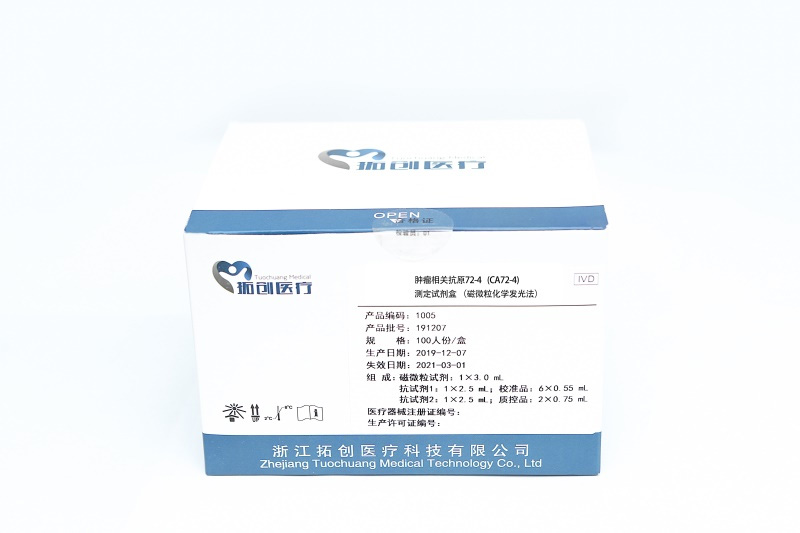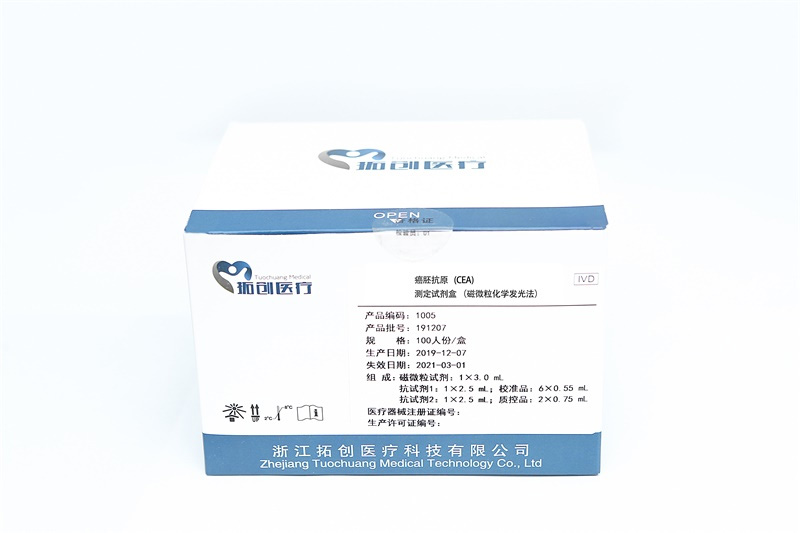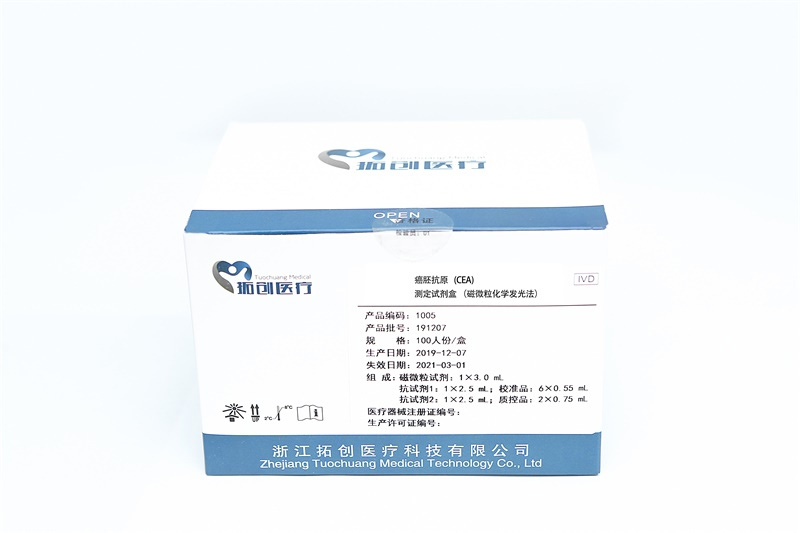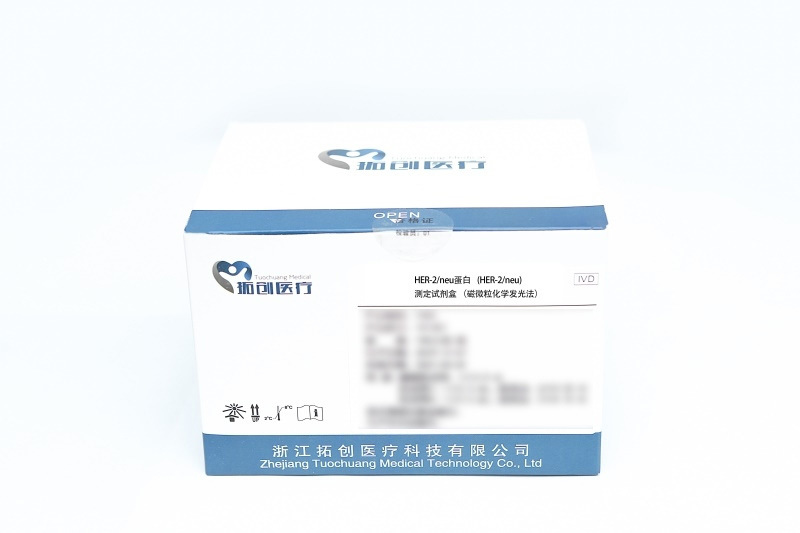What are medical devices?
Publication Time:
2020-07-25 09:04
According to the current "Regulations on the Supervision and Administration of Medical Devices", medical devices refer to instruments, equipment, appliances, in-vitro diagnostic reagents and calibrators, materials, and other similar or related articles, including the necessary computer software, used directly or indirectly on the human body; their effects are mainly achieved through physical methods, not through pharmacological, immunological or metabolic methods, or although these methods are involved, they only play a supporting role; their purpose is:
(1) Diagnosis, prevention, monitoring, treatment or alleviation of diseases;
(2) Diagnosis, monitoring, treatment, alleviation or functional compensation of injuries;
(3) Examination, replacement, regulation or support of physiological structure or physiological processes;

(4) Support or maintenance of life;
(5) Pregnancy control;
(6) Providing information for medical or diagnostic purposes by examining samples from the human body.
Medical devices sold on the market (including but not limited to online sales and physical stores) must legally obtain a medical device registration certificate or filing certificate.
Medical devices are numerous and varied, ranging from large medical devices such as CT and MRI imaging equipment to syringes, surgical instruments, dentures, biochemical test reagents, tongue depressors, condoms, etc. Most are used by professionals in medical institutions, while some products can be used by individuals.
2. How are medical device products classified and managed?
Answer: Currently, China, like most countries, classifies and manages medical devices according to their risk levels.
Class I devices are those with low risk levels, and routine management can ensure their safety and effectiveness.
Class II devices are those with moderate risk levels, requiring strict control management to ensure their safety and effectiveness. Class III devices are those with higher risk levels, requiring special measures and strict control management to ensure their safety and effectiveness.
When assessing the risk level of a medical device, factors such as the intended purpose, structural characteristics, and method of use of the medical device should be considered.
Previous Page
Next Page
Previous Page
Next Page
Contact Us
Adhering to the user-centric approach, while continuously improving service standards and capabilities, we will remain true to our original aspiration, strive for excellence, and wholeheartedly serve our customers!
Contact Number
Company Address
No. 1, Building 1, No. 78, Zhancheng Avenue, Taozhu Street, Zhuji City, Zhejiang Province

Scan to view on mobile phone
Copyright © 2025 Zhejiang Tuochuang Medical Technology Co., Ltd Powered by 300.cn



